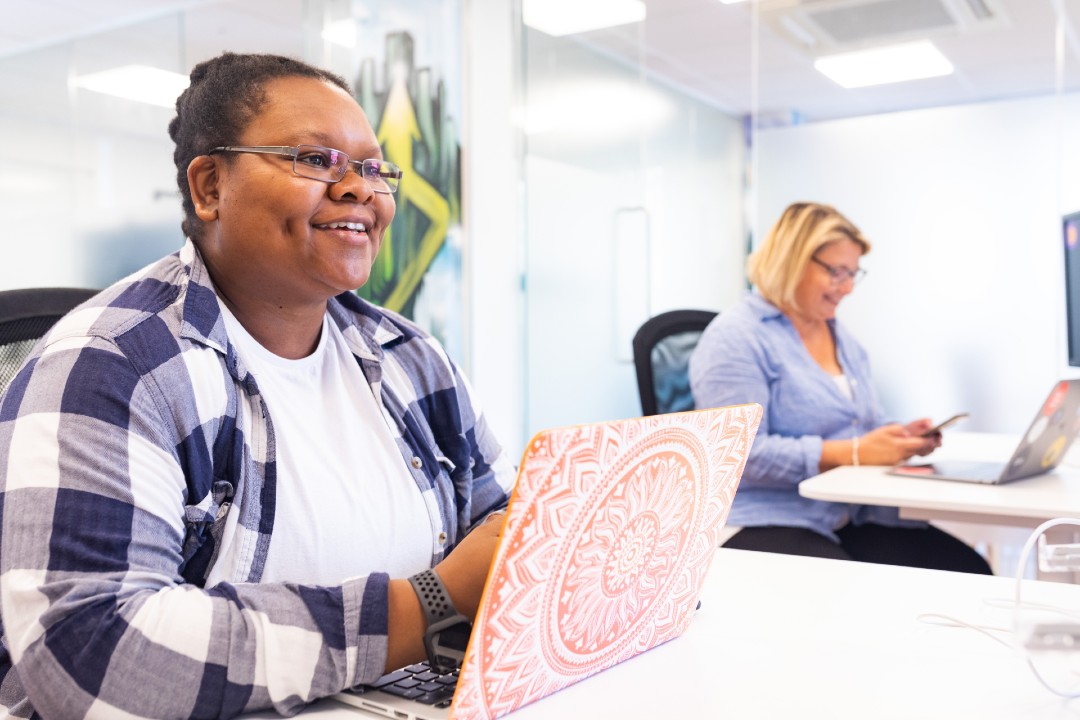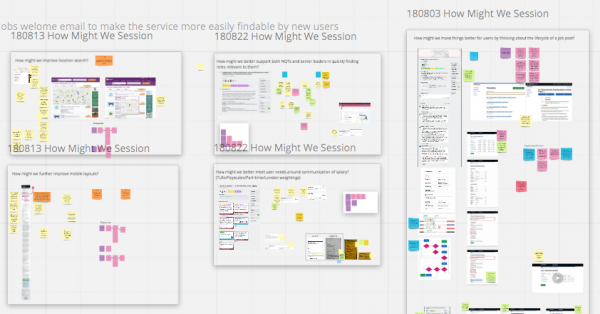Location, location, location part 2: establishing communication patterns and working rhythms

It’s easy to forget to check in with people in your team when you get caught up in your own work
In my previous post, I discussed the importance of establishing tools and channels for you and your team to use when working remotely.
Working effectively in dispersed teams is also about establishing working rhythms and patterns of communication. There are 3 types of team communication that are important:
- consistent communication
- spontaneous communication
- spontaneous communication, consistently
Together these help remote teams work well because they provide different ways for team members to communicate with each other on a regular basis.
Consistent communication
Sometimes it’s easy to forget to check in with people in your team when you get caught up in your own work. Scheduling time for the team to meet on a regular basis is a good way to make sure people’s work doesn’t start diverging wildly and you’re all still working towards the same goal.
A dxw example
We plan our work in 2 week time periods that we call a sprint. In each sprint we have pre-set activities regardless of what we’re working on.
These activities are a planning session to establish a sprint goal and what we’ll concentrate on during the sprint, a daily standup, a fortnightly show and tell where we share with people outside our team what we’ve done, and a fortnightly retrospective where we identify things that did or didn’t work well. Depending on the project, we may do this in person, as an online meeting, or a mixture of both.
Question to consider
Are there scheduled times for your team to check in with each other on a consistent basis?
Spontaneous communication
This complements consistent communication. Spontaneous communication is a fancy way of saying “being able to discuss things with your co-workers without scheduling a meeting.” It’s important because these are short interactions (though they can turn into longer conversations) that help to quickly clarify something, share something, review something, and generally make decisions within a team informally.
Spontaneous communication takes many forms. It can be written messages, it can be showing someone something, it can be conversation or a mixture of all of these things at the same time.
It also has 2 different, but important, time components. Sometimes, it’s simultaneous, such as a conversation in real-time with 3 of your colleagues. It can also be asynchronous. This might be sharing a diagram, a discussion guide or a gif of a new login journey’s screens to a team area, like a Slack channel, for people to take a look at if they have a spare moment.
A dxw example
We use Slack, an instant messaging application that also organises conversations into thematic “channels”, as our primary way of holding informal conversations with each other, remotely or otherwise. As we work in mixed teams, our project team setup activities include getting our clients and contractors who aren’t part of dxw to have access to Slack as well.
Sometimes talking something out is much faster than writing a flurry of instant messages. We also use online conferencing tools like Slack’s call feature and Google Hangouts to hold quick conversations with each other.
Questions to consider
- Does your team have ways of informally communicating with each other when they don’t share the same physical space?
- Do these ways encourage more than one form of communication? Simultaneous communication for one to one and group communication? Asynchronous communication such as email and text communication?
Spontaneous communication, consistently
Say what? Spontaneous communication consistently is prioritising a team’s time to include loosely structured thinking, discussing and working through different concepts together on a regular basis. By doing this you create opportunities for spontaneity and give your team the time and space to sketch, think about, discuss in-depth, veer off course, and other similar activities on a single topic without the feeling of urgency that both casual discussions and formal meetings have.
Effective working in dispersed teams is about communicating regularly but it’s also important that teams interact in different ways. Getting teams into a routine where they can encounter each other in different ways helps their ability to collectively think and problem solve more expansively.
A dxw example

While working on the Department for Education’s Teaching Vacancies Service, the project team held a weekly hour long “How might we” session. Members from the project team would choose 1 or 2 topics and use the time to brainstorm ideas, sketch, prototype, show examples and generally explore a topic in-depth in various ways. Some examples of topics we discussed were, “How might we improve location search?” and “How might we better meet user needs around the communication of salary?”
We used Miro, an online whiteboard tool, as the main focal point for our sessions. It was where we would post ideas, wireframes and build ad-hoc information architecture as we talked through different approaches to the weekly topic. We used Go2Meeting as our primary way of talking to each other from London, Glasgow, and other remote offices while we worked on the Miro board.
Before the end of each session, we’d also identify 1 or 2 topics we’d like to explore for the next session and set up an area in our Miro board. This meant team members could casually put their ideas on the board (even incomplete ones) in the lead up to the next session throughout the week.
This gave the team more time to think about a topic. It also helped to get sessions up and running quicker because there were some ideas to engage with immediately.
Spontaneity at regular intervals
As a user researcher, my job is to help build my team’s collective knowledge about our users and their context. One of the ways I do that is by holding a research playback session once a week or every 3 research sessions, depending on what comes first.
In a research playback, I discuss what the objective of a session was and what happened. Research playbacks are pre-analysis so they’re quite informal, and a time to share information and ask questions. Playbacks are typically in person but I run an online meeting at the same time so remote members can take part. I’ll talk about this a bit more in the next blog post.
The timing and frequency of research sessions depends on participant availability, but I make sure I hold playbacks on a regular basis. That means everybody in the team learns at the same pace and I don’t hold information to myself for too long.
Questions to consider
- Is your team interacting with each other in more than just a typical meeting format? Where they can brainstorm, create, build, learn, and do other different activities together?
- Are they doing this at regular intervals?
Once you’ve started establishing good communication practices to bring your core team together, start thinking about how you can apply these to people who aren’t involved in day to day activities but are still crucial to the team. In the last part of this blog series, I’ll discuss why it’s important to recognise that your team is bigger than the people building stuff and how communication is an important part of that.
For more details of how we work at dxw, you can read our playbook. Read the first part of this blog series here.